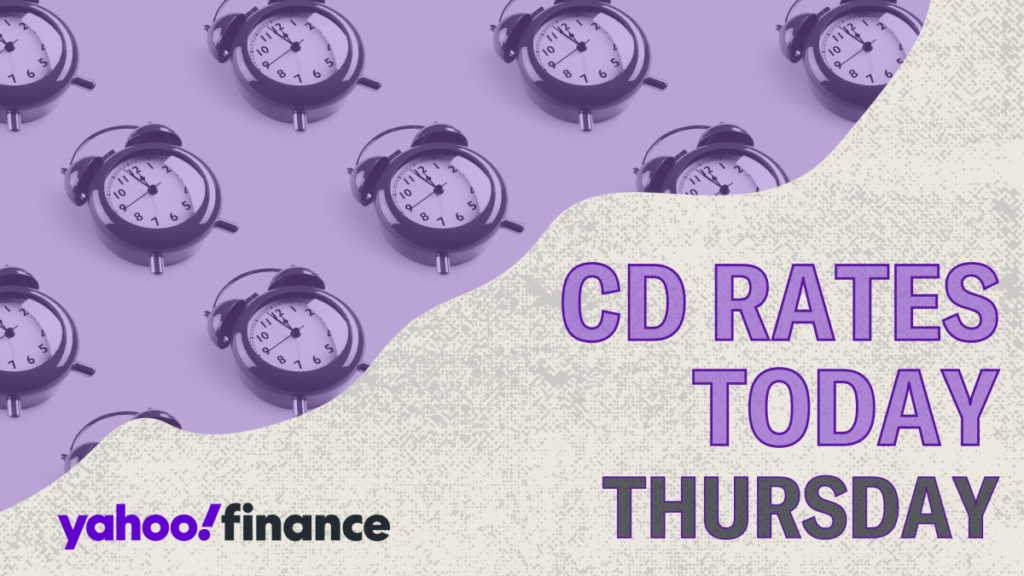Certificates of Deposit (CDs) are a popular option for individuals seeking a secure place to store their savings while earning higher interest rates compared to standard checking or savings accounts. The stability and predictability of CDs make them attractive for risk-averse savers. As interest rates vary significantly depending on the term and institution, potential account holders should be informed about the current market to find high-yield options that best suit their financial objectives. Recently, CD rates have shown notable improvement, especially for shorter terms of around one year or less, with current top offers hovering at about 4.50% APY.
Longer-term CDs, specifically those lasting two or three years, generally offer slightly lower rates, averaging around 4% APY. As of now, the highest rate available for a one-year CD is from NexBank, which offers a 4.42% APY but requires a substantial minimum opening deposit of $25,000. In contrast, Synchrony Bank offers a competitive 4.30% APY on a nine-month CD with no minimum deposit requirement, making it more accessible for a wider range of investors. Understanding these differences in offers is crucial for depositors looking to maximize their savings effectively.
The landscape of CD rates has undergone a significant shift over the past few years due to broader economic changes. Following a prolonged period of low interest rates, the Federal Reserve raised its target rate in March 2022 in response to rising inflation. This led to a steady increase in CD rates, reaching levels not seen in approximately fifteen years. However, the Fed has since started to lower the federal funds rate, influenced by a more favorable economic outlook and slowing inflation trends. This inverse relationship between the federal funds rate and CD rates means that as the Fed decreases its rates, banks often follow suit, causing a decrease in CD interest rates as well. As such, those considering a CD may want to act quickly to secure the best returns before rates drop further.
When initiating the process to open a CD account, there are several key steps that prospective account holders should follow. First and foremost, research is essential; comparing CD rates online will help individuals identify the best available offers that align with their investment goals. It is also vital to consider factors beyond interest rates, such as the term length of the CD, any minimum opening deposit requirements, and potential fees that may apply. Selecting a term that is too lengthy may lead to penalties for early withdrawal, so care should be taken to choose an option compatible with one’s liquidity needs.
Once an individual has chosen a suitable CD, preparing the necessary documentation will ease their application process. Typically, account holders will need to provide their Social Security number, residential address, and identification such as a driver’s license or passport. With these documents at hand, applicants can complete the application process in a matter of minutes, as many financial institutions now offer online applications. While some may still require in-branch visits, many approvals can be granted instantly, making the process relatively swift.
After receiving approval for the CD account, the final step involves funding the account, which can often be done by transferring funds from an existing account or via check. As building savings in a CD can be a strategic way to secure higher interest rates while minimizing risk, understanding the entire process—from research and application to funding—empowers individuals to make informed decisions that align with their financial strategies. In summary, as CD rates fluctuate as a response to economic conditions, it is crucial to remain proactive in identifying compelling offers to maximize savings effectively.

